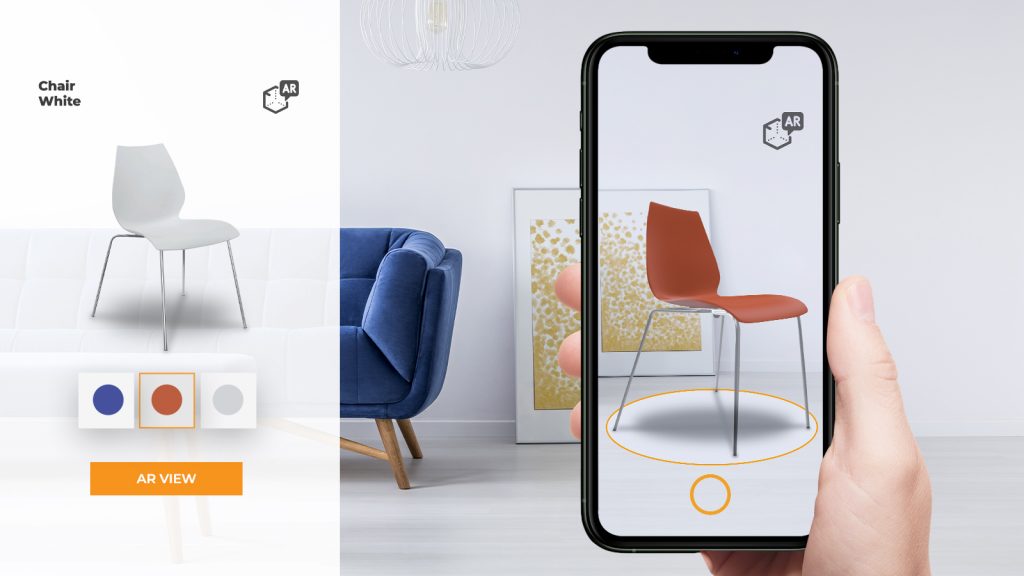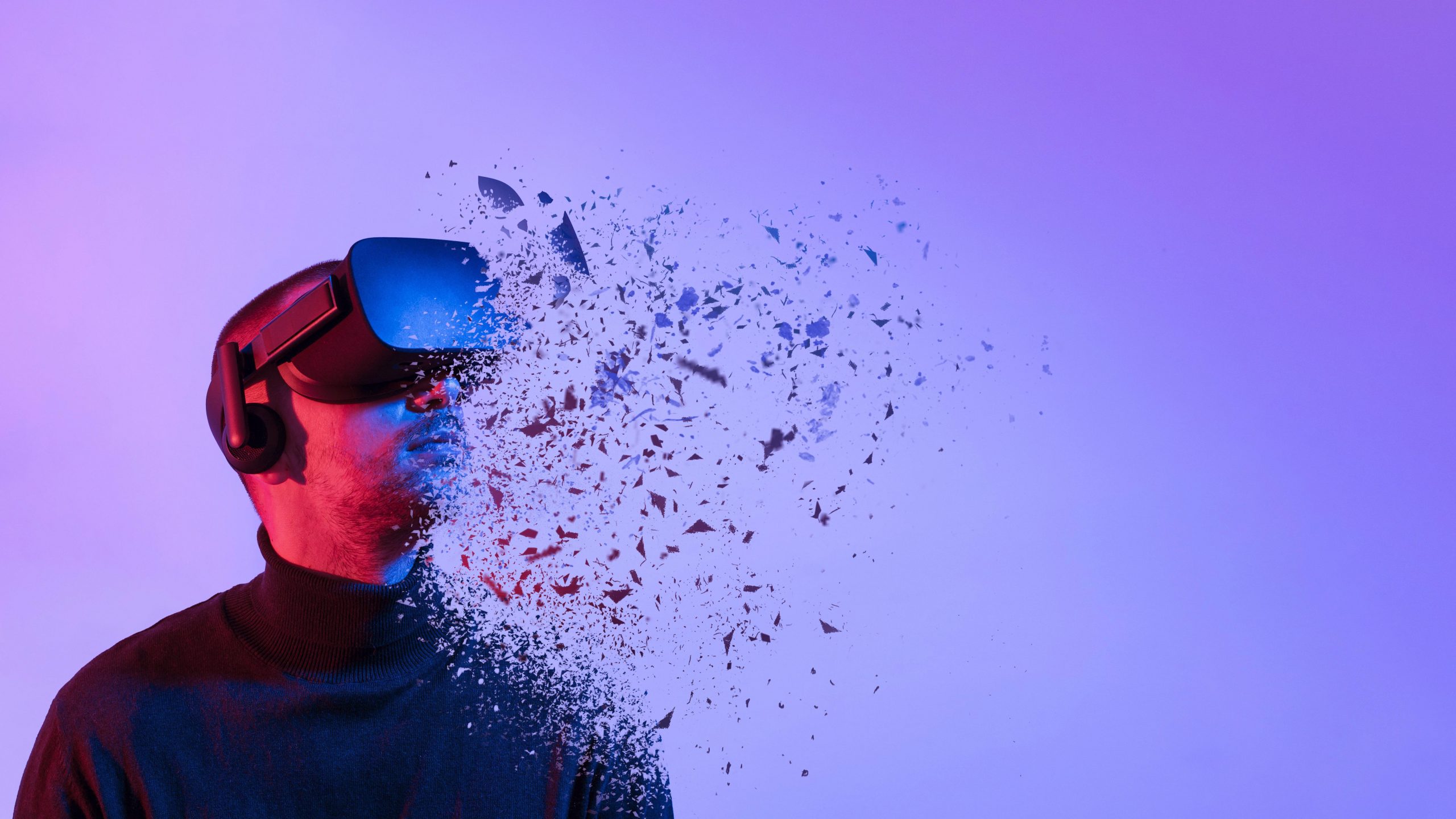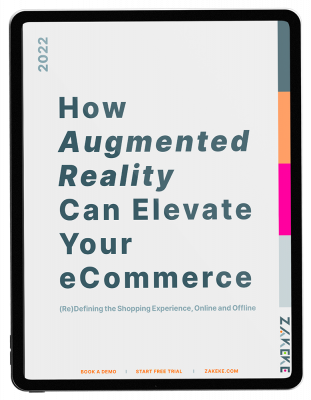Immersive art is a great way to experience art in a new and more engaging way. In the art and entertainment industry, experience is everything. That is what viewers are there for. They want to feel something because of the piece of art or performance. Immersive art experiences allow the viewers to experience the art in more than one way — which can create a more impactful experience overall.
There are many immersive art experiences today, many of which move around to different cities. So, if you’re looking for an immersive art experience, 2023 has a lot to offer — and with the rising popularity of these experiences, we’re sure next year will have even more.
What are Immersive Art Experiences?
Immersive art is an interactive form of art that allows the viewers to have a more immersive experience in the art — rather than traditional art you typically view from a distance. This approach to art has a long history, dating back to the 1960s.
One example of immersive art in the ’60s is Yayoi Kusama’s first Infinity Mirror Room in 1965, shown in the Castellane Gallery in New York. Some recent examples include Hatsune Miku’s virtual reality performance at Coachella in 2020 and immersive art exhibits of traditional paintings — such as Monet and Picasso projections.
If you are looking for popular immersive art experiences, Van Gogh’s exhibition is available in many locations in the United States, Europe, and the Asia-Pacific region. Another popular option is Lighthouse Immersive — which offers a variety of immersive experiences from Mozart to Disney in its locations across the United States and Ontario, Canada.

Types of Immersive Art Experience
There are five common types of immersive art experiences. These are:
- Virtual reality (VR) art
- Augmented reality (AR) art
- Interactive installations
- Site-specific installations
- Performative installations
You can find these experiences at many immersive art museums or galleries. VR and AR art experiences both play on reality. Augmented Reality offers an altered version of reality side by side with the real world — such as allowing viewers to see paintings in a new light or what something may have looked like when it was first made. Conversely, VR replaces reality with an alternate one — such as completely replacing your surroundings with a painting.
Why are Immersive Art Experiences popular?
The largest appeal of immersive experiences is that they allow viewers to experience stronger connections to art. Of course, there is no denying that traditional art will always have a place in our society, but there is something alluring about being able to be a part of the art rather than a bystander.
As technology advances and more museums, galleries, and performances adopt a more immersive experience approach, viewers are beginning to desire these experiences throughout the art and entertainment industry.
Characteristics of Immersive Art Experience
As mentioned above, immersive art allows you to experience art in a new way — a way that traditional art cannot. Immersive art allows you to gain the following experiences from a single exhibit:
- Multi-Sensory Experience — lights, sounds, smells, and even textures can all be used to cultivate a more interactive experience in immersive art;
- Spatial Experience — with immersive art, the entire space is used so you are within the art rather than outside it;
- Emotional Experience — being a part of something, rather than simply looking at it, can create a stronger emotional connection;
- Social Experience — these exhibits are typically open to a group of people at a time so you can experience the art in a social setting;
- Participatory Experience — in immersive art, you are typically right at the centre of the art and allowed to explore it.
The technology behind Immersive Art Experiences
As mentioned above, there are a few different types of immersive art experiences, and each uses different techniques to achieve the “immersive” part of the experience.
A lot of the time, however, AR, VR, or 3D visualization technology can play a large role in making an experience immersive. For example, Vocaloid concerts use AR and VR technology to project the stars onto the stage to sing and dance. These experiences are only possible today because of the advancements in 3D visualization technology.
Immersive Art Experiences and e-commerce
Now, you may wonder, how are immersive art experiences and e-commerce related? Simply put immersive art experiences and e-commerce utilize the same AR technology to better engage their audiences. While AR technology may be used in immersive art to bring a new perspective or experience to a traditional gallery showing, in e-commerce, it is typically used to help customers know better what they are buying.
Many well-known brands use AR technology to create a more immersive experience for their customers. For example, IKEA Kreatif allows customers to create a 3D replica of their room and see how new furniture would fit.
Similarly, try-before-you-buy services, like Amazon’s virtual try-on for shoes, allow customers to see how a piece of clothing or other accessories would look on them before they buy it — thus increasing the likelihood that they will be happy with their purchase.
Zakeke’s AR technology for e-commerce
As consumers get more exposure to 3D visualization technology in the retail industry, they expect these features from other retailers. Unfortunately, this means that if you are not offering these features, you may lose out on customers that bring their business to another company that does offer these features.
Luckily, with the Zakeke Visual Commerce Platform you can easily create a digital catalog with 3D models so your customers can see your products from all angles like they would at a brick-and-mortar store.
3D visualization and AR help your customers feel more confident about their purchases (because they know what they are getting).
In addition, it offers a more engaging shopping experience — like they would have if they were shopping in person. Ready to take your store to the next level with the power of Visual Commerce?














